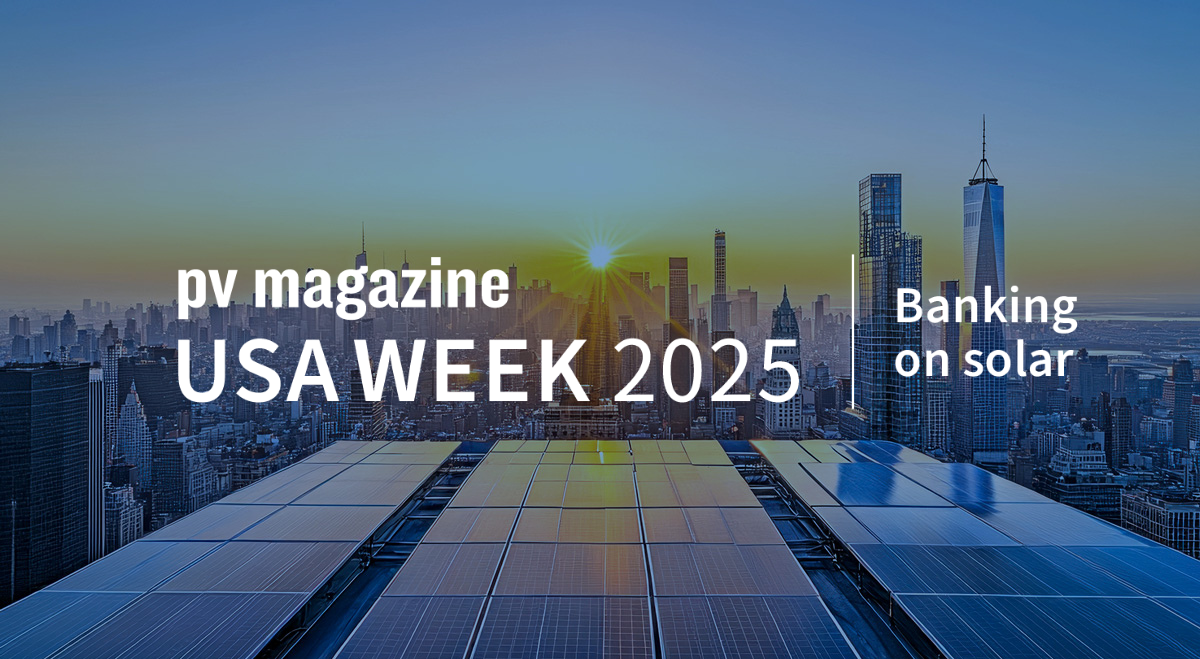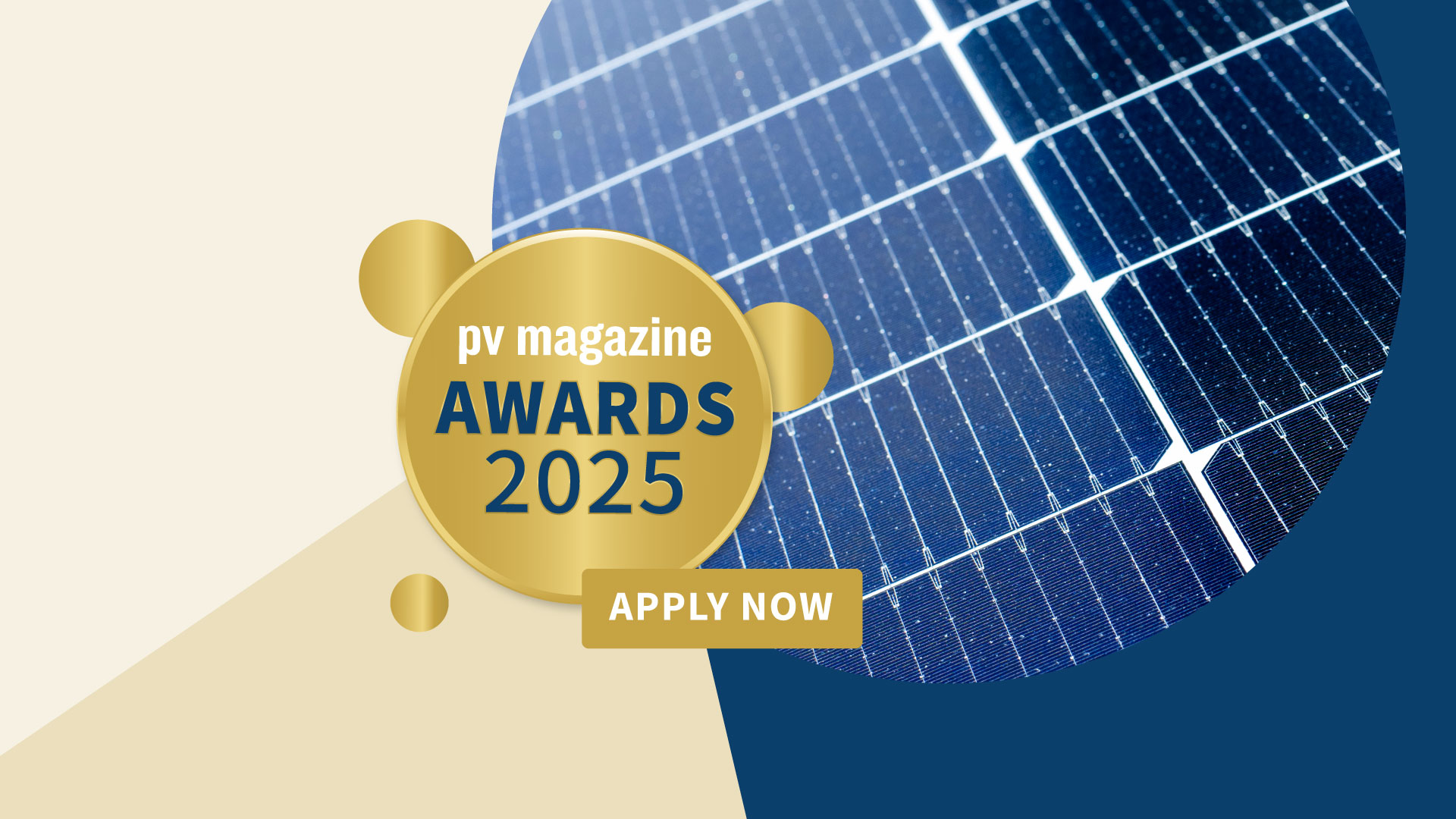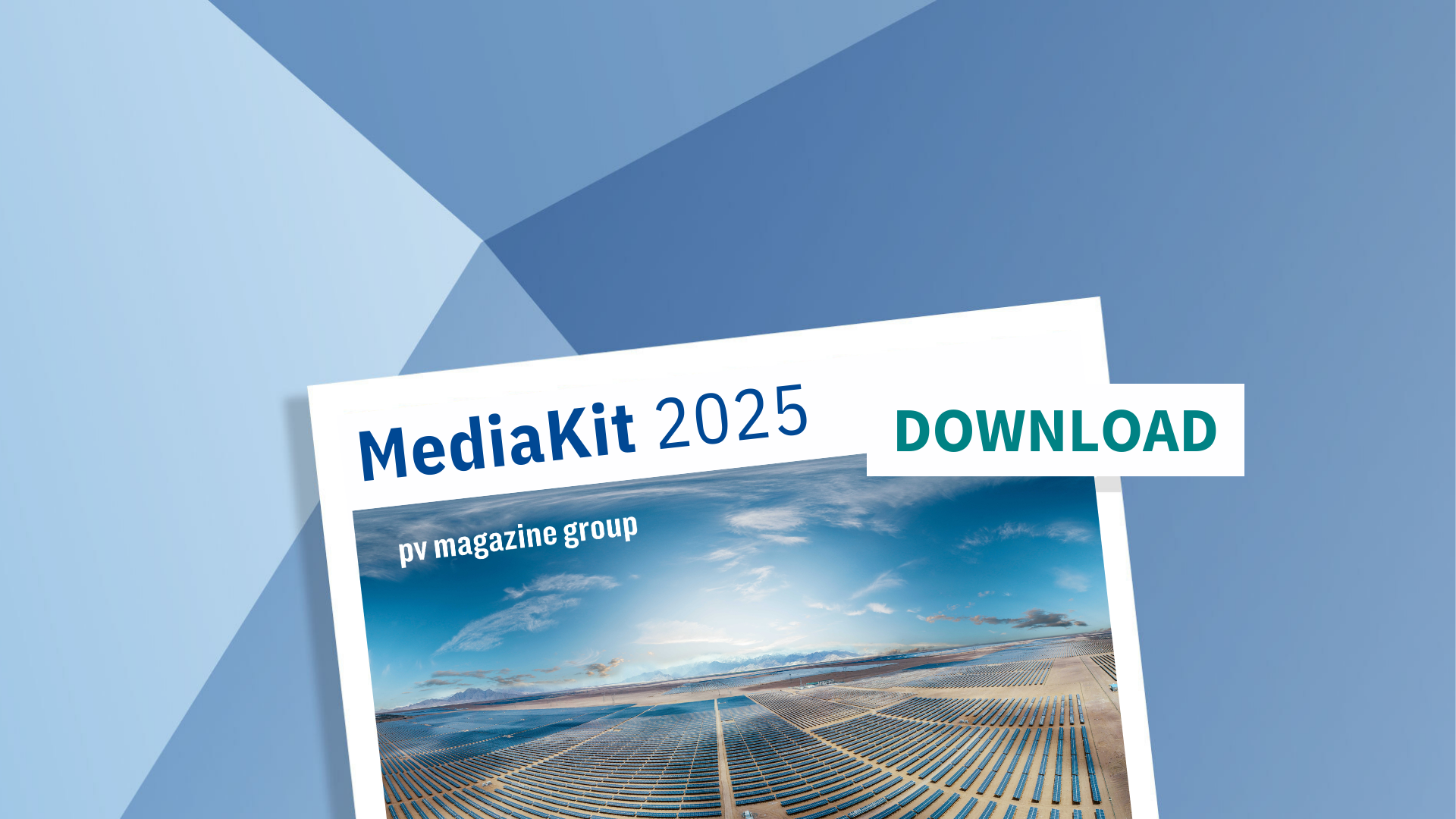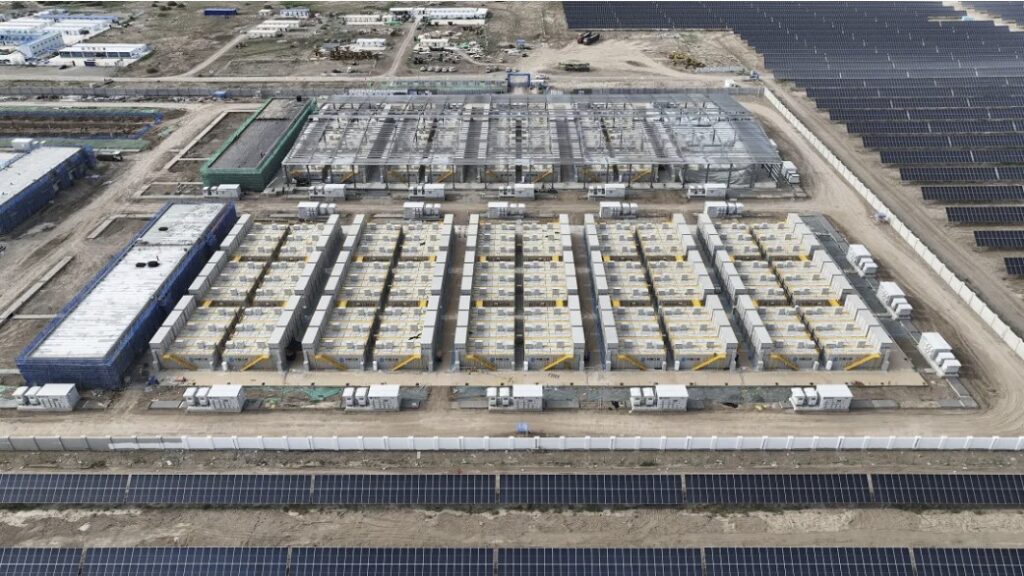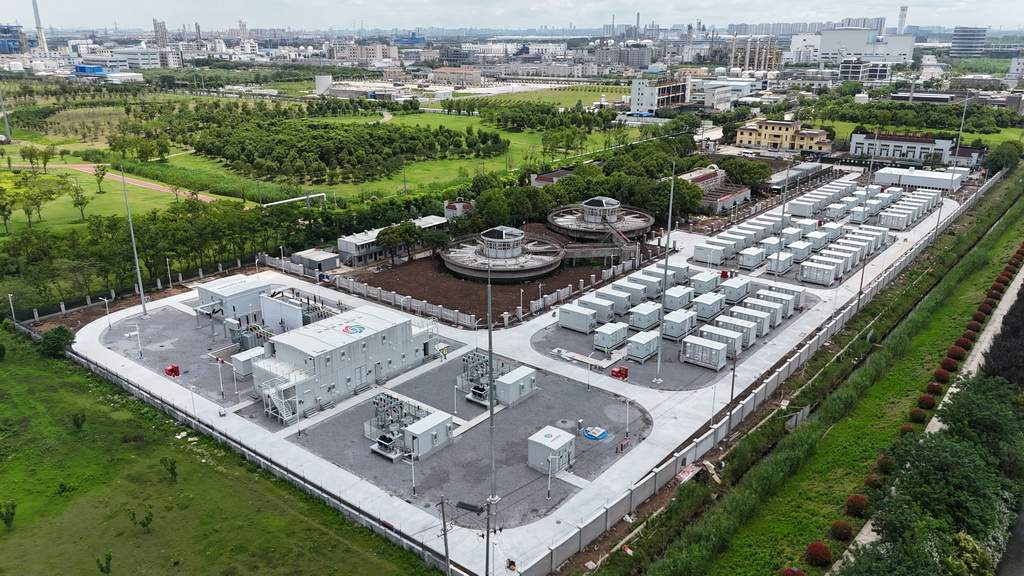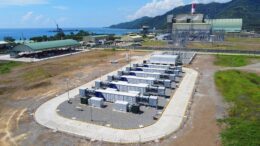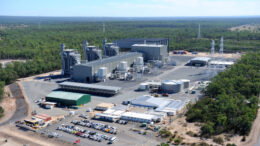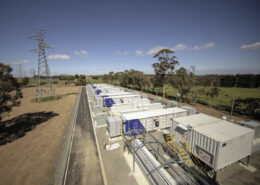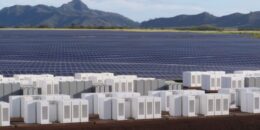India expected to add around 6 GW of renewable energy storage by 2028
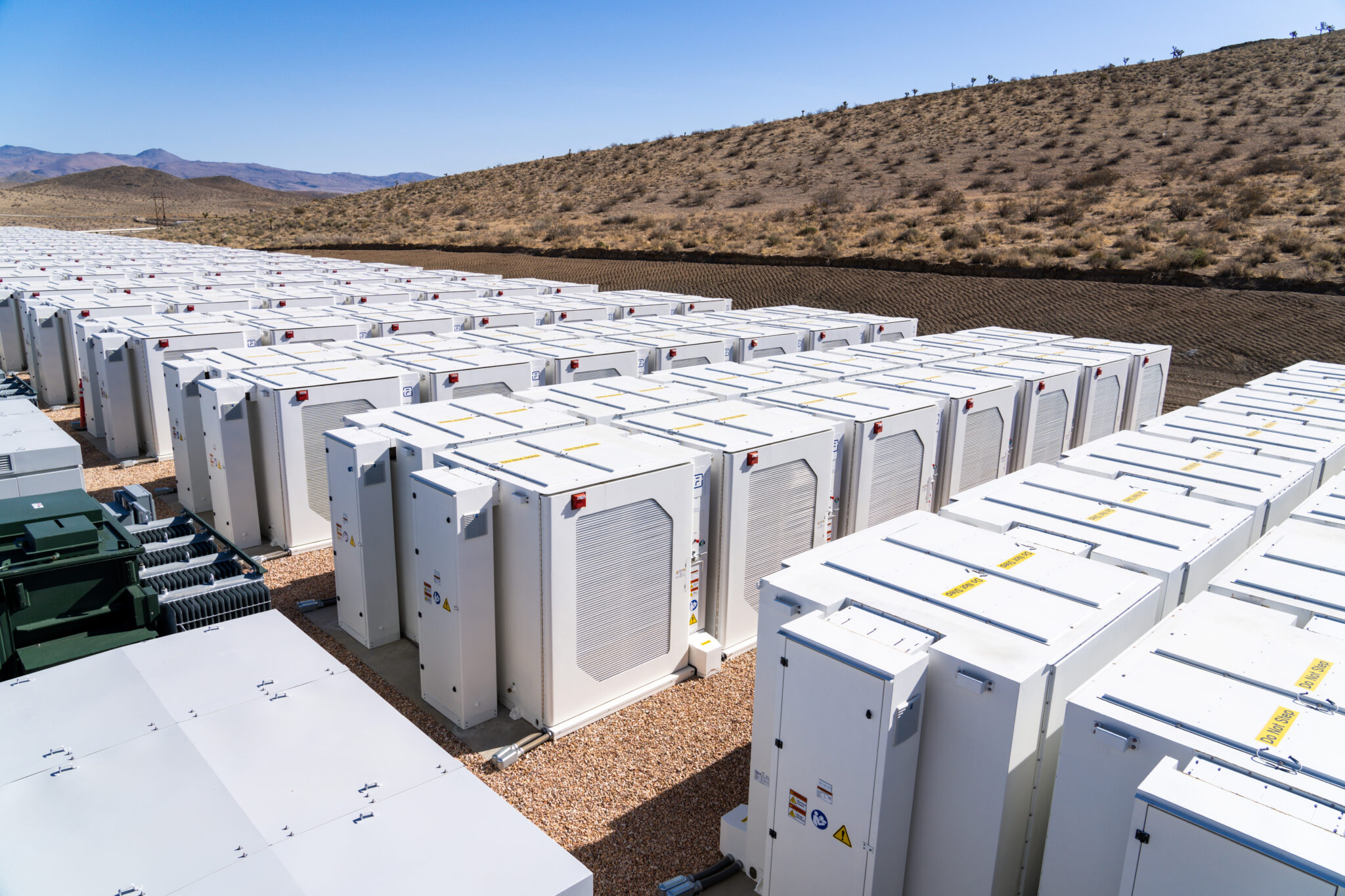
The research agency noted that at least 6 GW of storage capacity is necessary to sustainably increase India’s proportion of renewable energy to 20-22% of the country’s overall power generation. The agency notes the country’s share of renewable generation is expected to expand to around 23% by the 2028 fiscal year from currently around 12%.
The stationary storage battery boom globally is being fueled by the realization of governments and renewable energy providers that intermittent renewable energy sources require energy storage to stabilize and balance electricity grids.
For its part, the Indian government is addressing this issue by prioritizing projects that combine renewable energy generation with storage such as pumped hydro or battery storage systems (BESS).
In the past two fiscal periods, CRISIL notes that auctions have been held for around 3 GW of storage and 10 GW of storage-linked projects with approximately 2 GW of storage. This compares with less than 1 GW in the previous period. Overall, as of May 2024, Crisil Ratings estimate the current pipeline of projects overall to be around 6 GW of storage.
This projection from the research agency comes with disclaimers and warnings. Manish Gupta, Senior Director, CRISIL Ratings, notes, “However, progress on implementation has been tardy. Slow adoption by state distribution companies (discoms) has been a key deterrent to implementation — 60-65% of such projects had not got their power purchase agreements (PPAs) executed until May 2024.”
The agency, a subsidiary of American company S&P Global, has attributed some of the slow uptake to higher tariffs on renewable energy projects with storage because of the additional cost of the storage. In countermeasures, the government is expected to promote comparable tariffs for renewable energy and storage projects with other sources of round-the-clock power, which should accelerate adoption.
In July 2024, a study from the University of California’s India Energy and Climate Center showed that large-scale solar-plus-storage is the main option left to avoid power shortages as such systems can be deployed much faster than new thermal and hydro assets. Recent gigawatt-scale solar-plus-storage auction results, with a record low price of INR 3.40 ($0.04)/kWh, show that such deployment will be highly economical.

